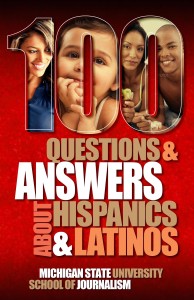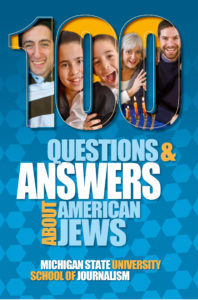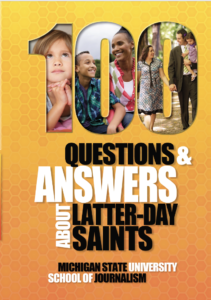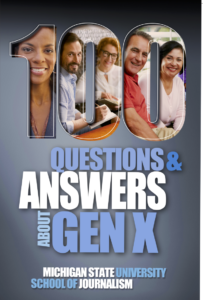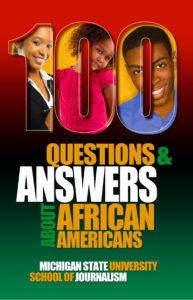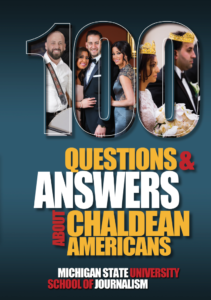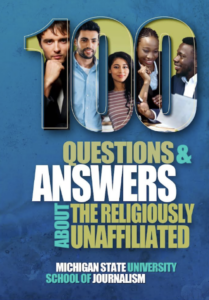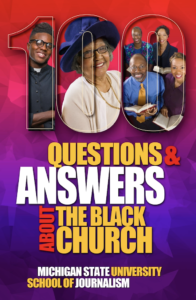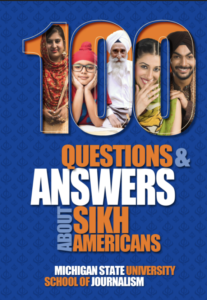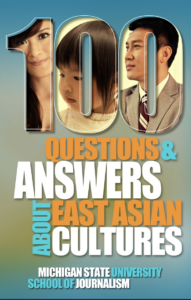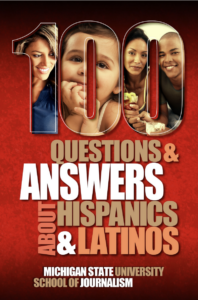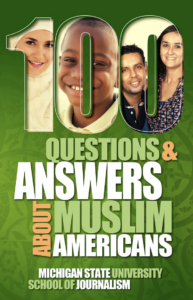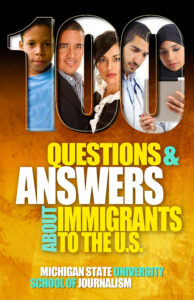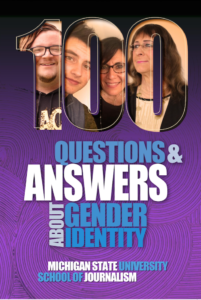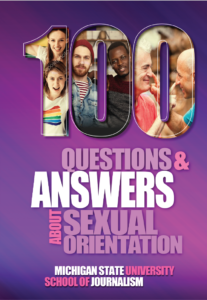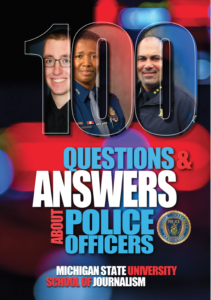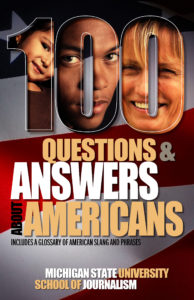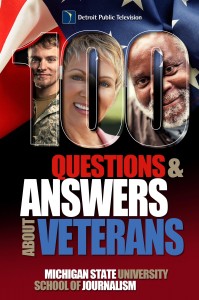National Football League sidelines became the center of controversy again on Thanksgiving when players for Detroit and Houston took a knee during the national anthem to protest continuing racial injustices and inequities.
Additionally, fans heard a song known colloquially as the African American national anthem. In the summer, National Public Radio reported that the song would be performed or played before every NFL game in week one. Apparently, some teams are extending the idea into the season. Other sports organizations have talked about adding it to their pre-game routines.
But what IS the “African American national anthem? Why is one needed?
The question came up when Michigan State University students were writing the Bias Buster guide “100 Questions and Answers About African Americans. This is the answer they published:
This began as the 1899 poem “Lift Ev’ry Voice and Sing” by James Weldon Johnson. Set to music by Johnson’s brother, J. Rosamond Johnson, this became known as the Negro National Anthem or Hymn. It was presented on Feb. 12, 1900, in Jacksonville, Florida, by 500 schoolchildren at a celebration of Abraham Lincoln’s birthday. The National Association for the Advancement of Colored People adopted “Lift Ev’ry Voice and Sing” as its official song. The song represents the resilience and strength of Black people. It begins:
Lift ev’ry voice and sing,
Till earth and heaven ring.
Ring with the harmonies of Liberty;
Let our rejoicing rise …”
You can hear “Lift Every Voice and Sing” as performed by the Chicago Community Chorus.
“100 Questions and Answers About African Americans” is available from Amazon or the Front Edge Publishing bookstore.


